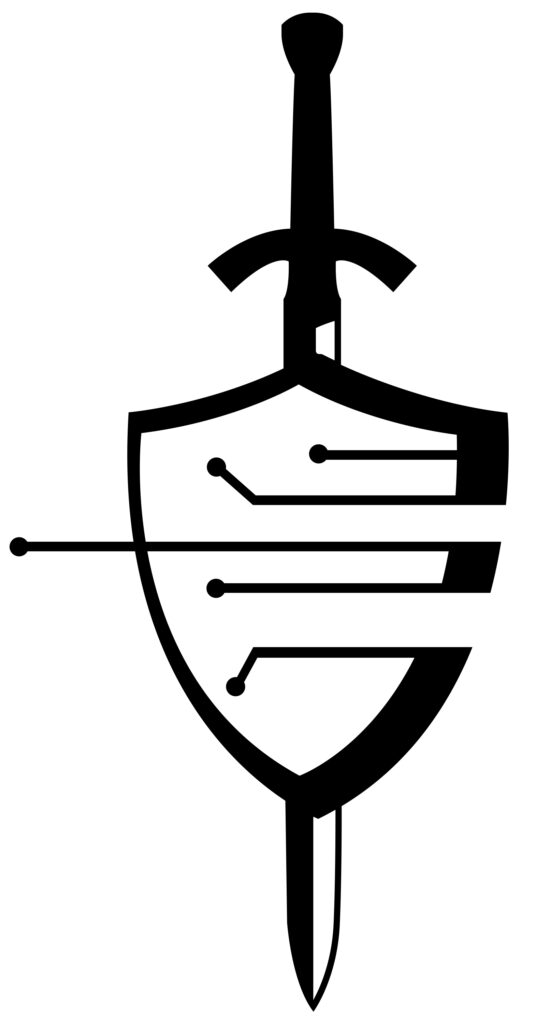
*****
ARLINGTON, Va. — The U.S. Navy’s effort to expand its cyber warfare capabilities took another step with the establishment of the Cyber Warfare Technician (CWT) rating in its enlisted force.
The CTWs will conduct both offensive and defensive cyber warfare.
The action came only two days after the Navy established Maritime Cyber Warfare Officer designator for information warfare officers who focus on cyber warfare.
As announced in a June 29 directive from the chief of naval operations, all Sailors in the existing Cryptologic Technician-Networks (CTN) rating will convert to the CTW rating. In addition, the CTWs will no longer be formally associated with the family of cryptologic ratings.
The Navy currently had 2,288 Sailors rated as CTNs as of last week, most of whom were already working in cyber warfare, said Naval Information Forces Force Master Chief Laura Nunley, speaking to reporters in a press conference last week. More than 93% of the CTNs already were working in cyber warfare.
“We are looking at further opportunities to expand that to some of the supporting roles and possibly cross-rate into there, and then we’re also looking into recruiting aspects of bringing in more enlisted to the new cyber warfare technician [rating].” Nunley said.
“All CTNs will be required to change their rating badge to the new CWT rating badge within twelve months of release of this message,” the directive said.
The new rating badge was designed by CTN2 Kelly Bullard.
Vice Admiral Kelly Aeschbach, commander, Naval Information Forces, told reporters in the press conference that most of the current Navy cyber forces are on in shore duty in the Navy’s cyber mission force predominantly at Fort Meade, Maryland; Hawaii; Pensacola, Florida; Fort Gordon, Georgia; and San Antonio, Texas.
“Those are aligned with our big National Security Agency presence and the Navy Information Operations Command integrated in each of those locations,” Aeschbach said, noting that most of the cyber warriors are organized in teams ashore.
The admiral said that she expects “over the next couple of years as we mature both the [Maritime Cyber Warfare Officer] and the [CWT] ratings and we deliver some new capabilities afloat, that we will likely see some new opportunities” for cyber warriors to serve afloat.
Aeschbach said that the Navy is trying to frontload training of CWTs so that they are “fully trained before they arrive at command, which was something that was not happening two years ago. We’ve made a lot of progress in that area, and we’re also providing much more substantial mentoring,” she said.
“When you talk about the substantial mentoring, and when you talk about the growth of the cyber mission force, and that’s slowing down the growth of the teams, we did take some of the near-term operational growth to actually create dedicated training and mentoring teams, which is modeled on how we train in aviation and in the surface community where we always have a small component of the force focused on what we call force generation or training and keeping units and teams standard up to a certain level one our folks are inside a certain unit,” the admiral said. “And we already are seeing some impact from that. We will put the operational growth back. It will still happen; it’s just going to happen at a little bit slower pace as we get to the total number of teams over the two to four years.”






